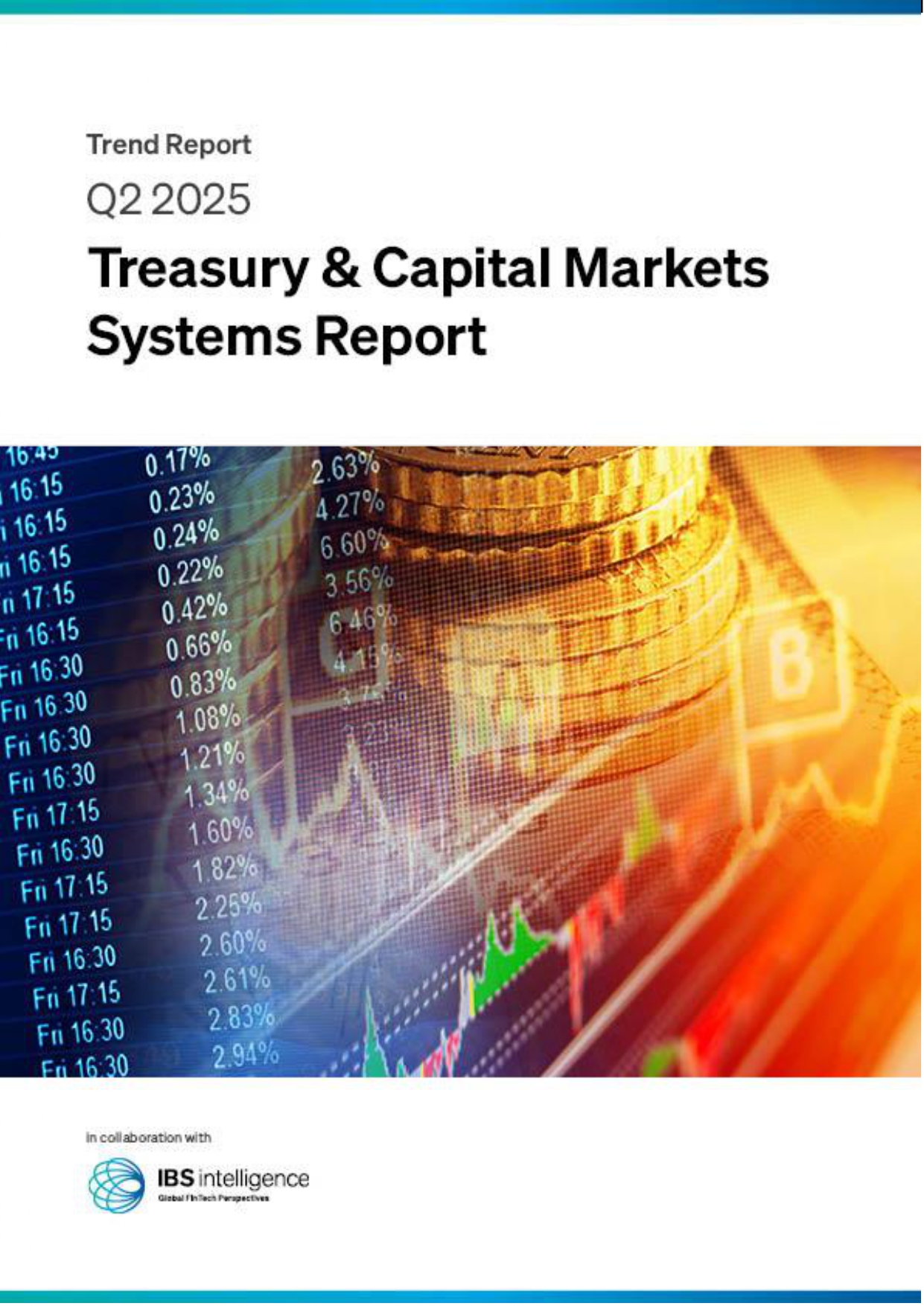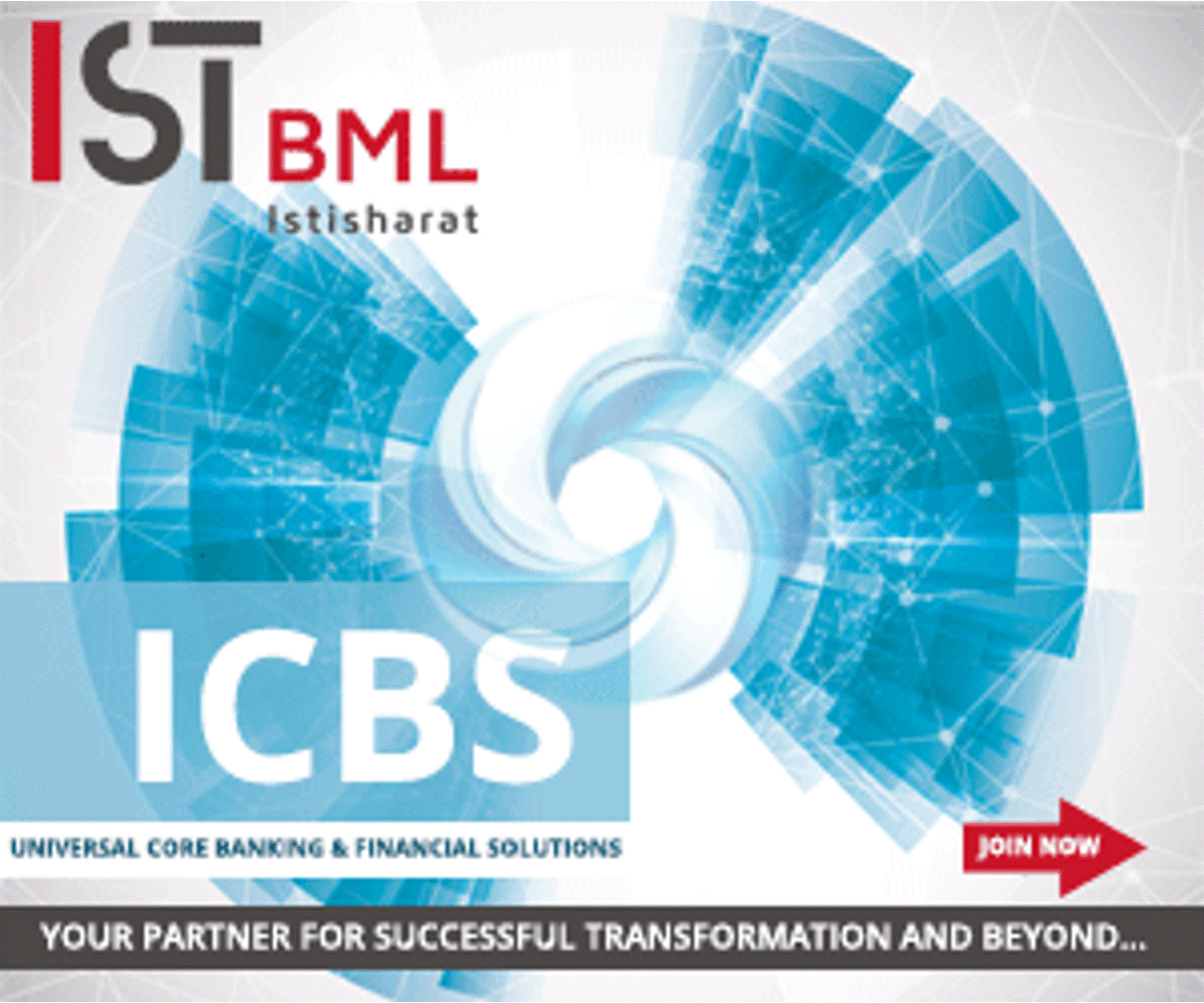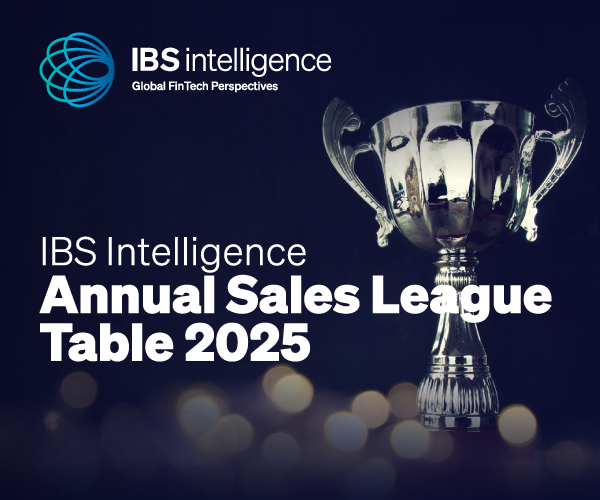 Back
Back
What 6 trends could trigger a $1tn banking overhaul by 2025?
By Gloria Methri
 A new report from Backbase warns that traditional banks could lose up to 30% of their market share to digital challengers by 2025 unless they overhaul their technology infrastructure. The “Top 6 Predictions for Banking in 2025” reveals a seismic shift in the financial industry, driven by artificial intelligence (AI) and open finance, potentially generating over $1 trillion in impact.
A new report from Backbase warns that traditional banks could lose up to 30% of their market share to digital challengers by 2025 unless they overhaul their technology infrastructure. The “Top 6 Predictions for Banking in 2025” reveals a seismic shift in the financial industry, driven by artificial intelligence (AI) and open finance, potentially generating over $1 trillion in impact.
As the banking sector undergoes an unprecedented transformation, C-suite executives and industry leaders are scrambling to understand the rapidly evolving landscape. The research sheds light on the key factors that will shape the future of banking, with AI and open finance leading the charge.
AI to Drive Massive ROI for Banks
The report predicts that AI-powered recommendation engines will become a critical revenue driver for banks in the coming years. Banks implementing these engines are projected to capture up to $300 million in new revenue per $100 billion in assets. The key to this massive ROI lies in hyper-personalised services that cater to individual customer needs.
With AI transforming customer interactions, financial institutions will not only enhance engagement but also unlock significant new revenue streams. By leveraging AI to understand better and anticipate customer needs, banks can retain a competitive edge in a rapidly changing market. However, adopting AI requires a fundamental shift in how banks approach technology, including the overhaul of outdated systems.
Open Finance: A Global Movement
Backbase’s predictions also highlight the rapid acceleration of open finance, which is expected to drive a surge in global open banking payments. These payments, projected to grow from $57 billion to more than $330 billion by 2027, will be fueled by the maturation of regulatory frameworks and rising consumer adoption.
As regulations evolve and financial ecosystems expand open finance will create vast new opportunities for banks to offer embedded financial services. The shift from traditional banking models to open finance will fundamentally alter how financial services are delivered and consumed, opening doors to new revenue streams and customer segments.
Tech Stack Revolution: Headless Architecture Takes Center Stage
One of the most significant shifts in banking technology is the adoption of headless architecture. Backbase predicts that 64% of financial institutions will adopt this modular, API-driven framework by 2025. Headless architecture enables banks to innovate more quickly and reduce IT costs by up to 70%.
This shift is part of a broader trend toward modernising legacy systems, which have become costly and cumbersome for banks to maintain. By adopting headless architecture, banks can move away from monolithic systems and build more flexible, customer-centric digital experiences. This modernisation will allow financial institutions to remain competitive while offering faster, more personalised services.
Neobank Disruption: Digital-First Competitors to Challenge Banks
The rise of digital-first, neobank challengers is another critical trend highlighted in the report. Traditional banks are facing increasing competition from agile, technology-driven challengers that are capturing market share. These digital-native institutions are better equipped to meet the demands of today’s tech-savvy customers, driving traditional banks toward urgent digital transformation.
Neobanks have already disrupted traditional banking models by offering more convenient, cost-effective services. With lower overhead costs and more flexible business models, these challengers are forcing established banks to rethink their strategies and modernise their offerings.
Regional Market Impact: A Global Shift
While these trends are global in scope, their impact will vary by region.
In North America, for example, the adoption of headless architecture is expected to be particularly pronounced, with 64% of banks making the shift by 2025. This will significantly reduce IT costs, allowing financial institutions to focus on innovation and customer service.
In Europe, open finance regulations are expected to drive over €200 billion in new revenue opportunities by 2025. These regulations will further fuel the growth of open banking and enable banks to tap into new markets and service models.
Meanwhile, in Asia-Pacific, the adoption of AI is expected to generate a 40% improvement in customer engagement metrics, further underscoring the transformative power of AI in banking.
18-Month Window for Banks to Act
As Jouk Pleiter, Founder and CEO of Backbase, notes, “2025 represents an inflexion point where AI, open finance, and modern tech architecture converge to reshape banking fundamentally.”
The research reveals that banks have just 18 months to adapt to these changes or risk becoming obsolete. The winners of 2025 will be the banks that act now to modernise their tech infrastructure and embrace the new wave of digital banking innovations.
IBSi FinTech Journal
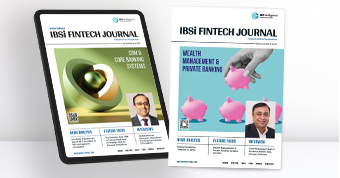
- Most trusted FinTech journal since 1991
- Digital monthly issue
- 60+ pages of research, analysis, interviews, opinions, and rankings
- Global coverage
Other Related News
Related Reports
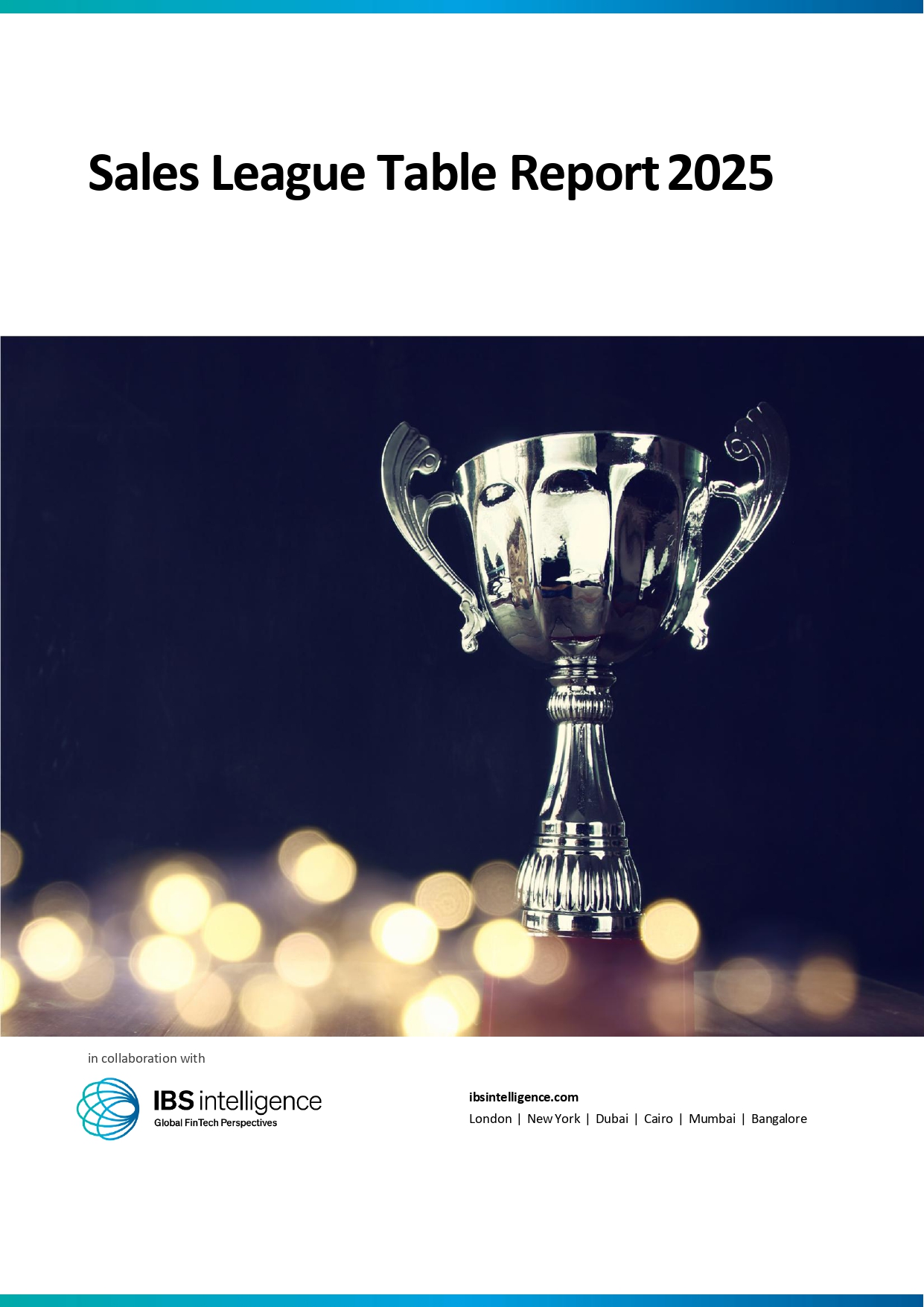
Sales League Table Report 2025
Know More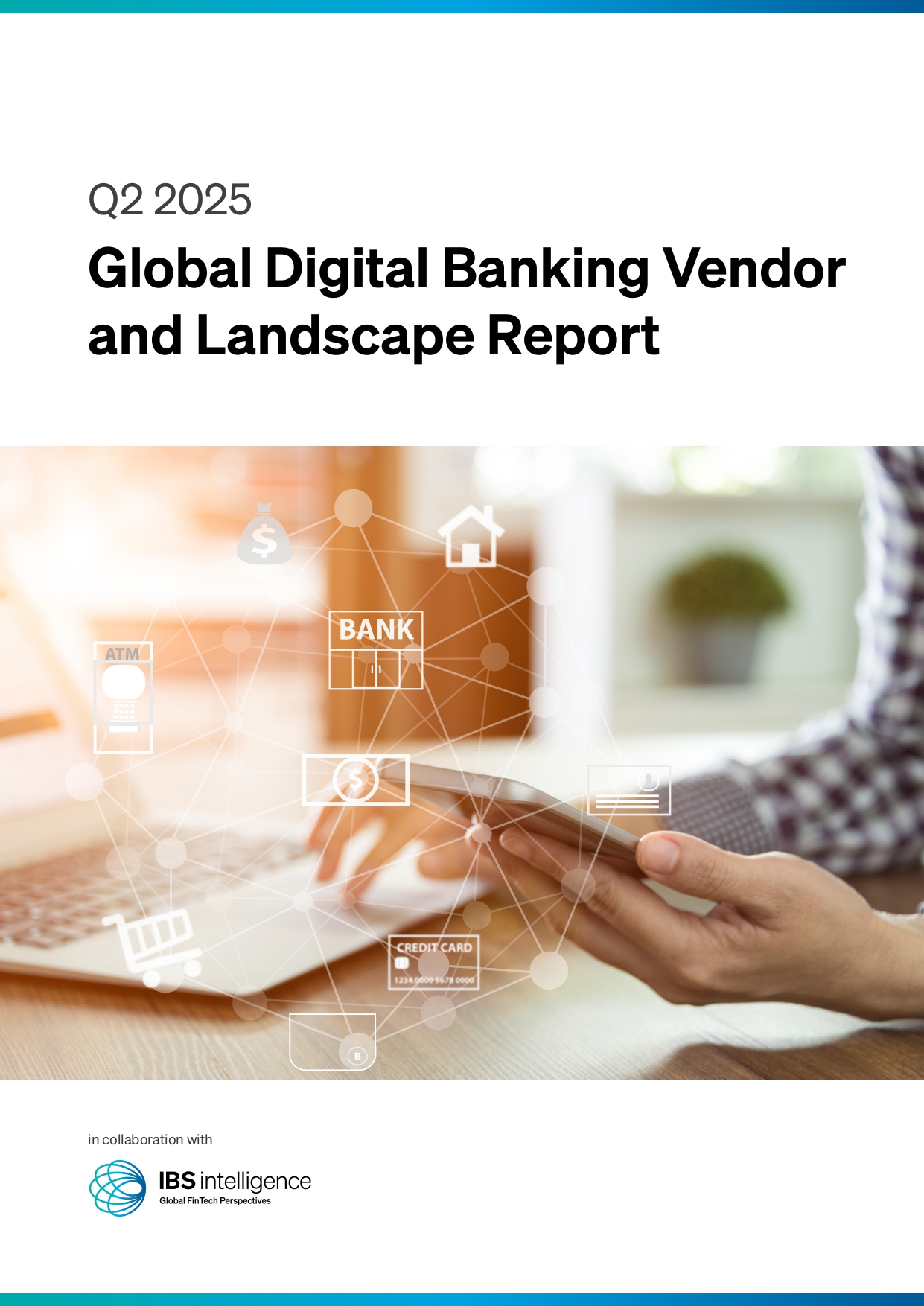
Global Digital Banking Vendor & Landscape Report Q2 2025
Know More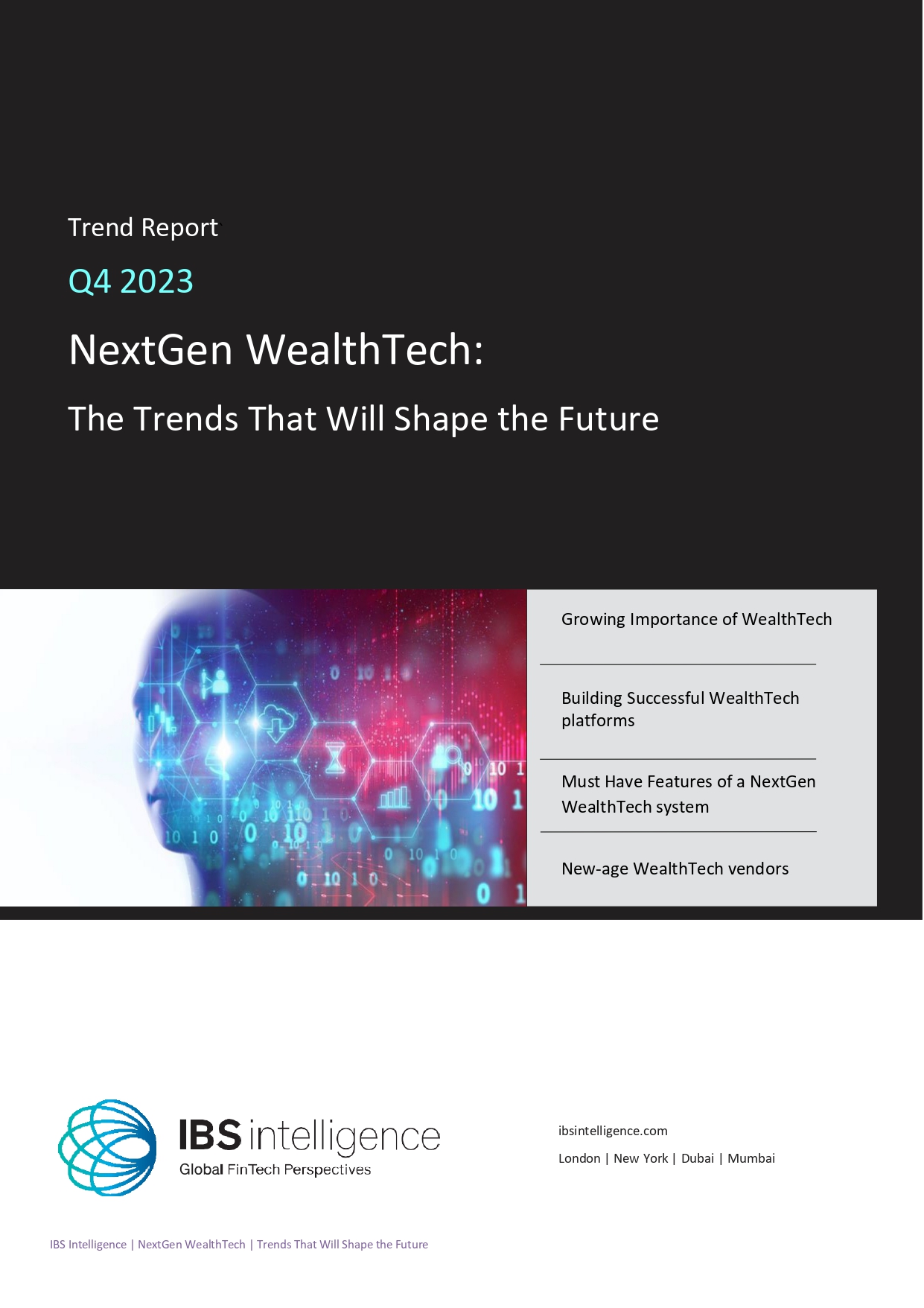
NextGen WealthTech: The Trends To Shape The Future Q4 2023
Know More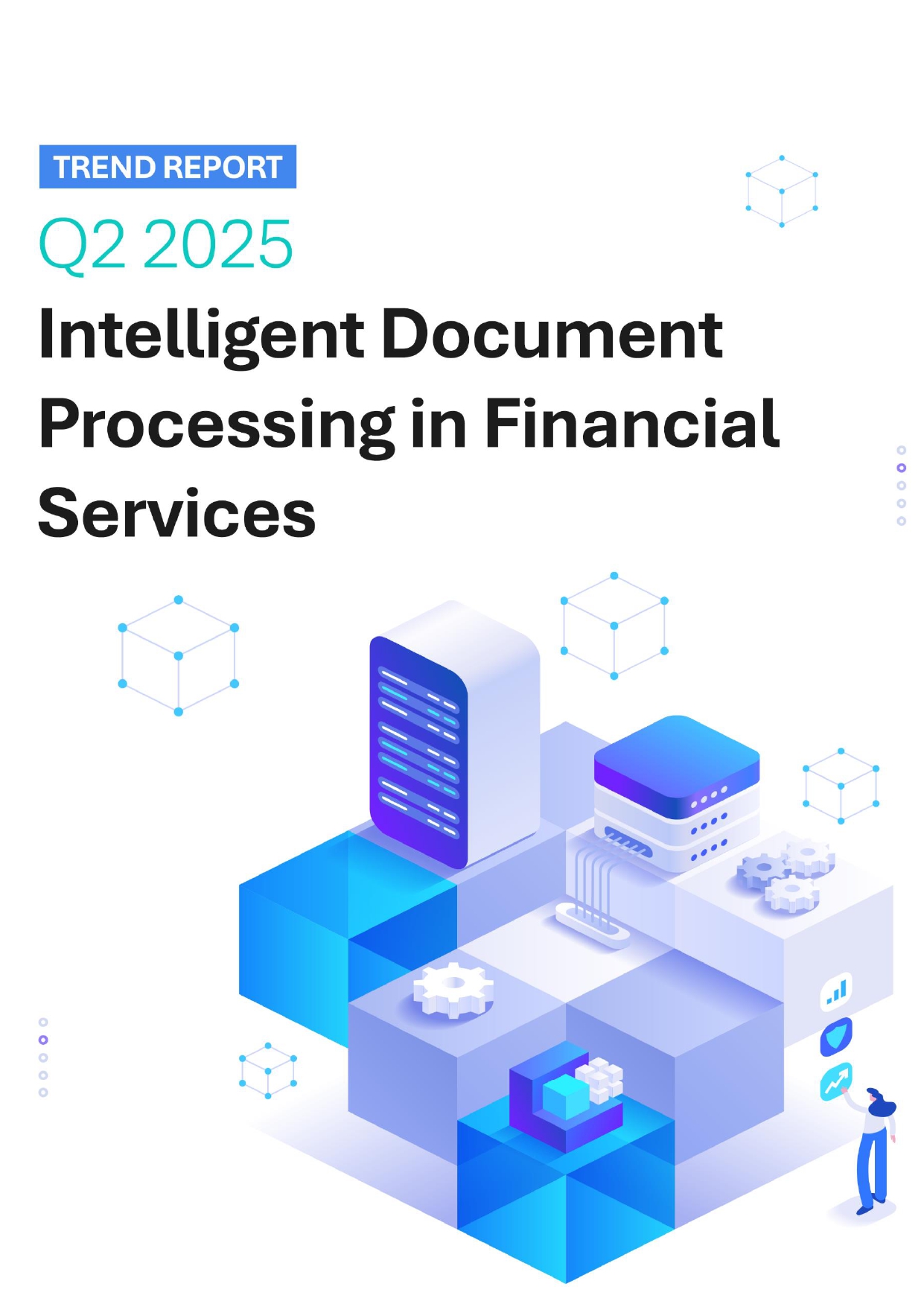
Intelligent Document Processing in Financial Services Q2 2025
Know More